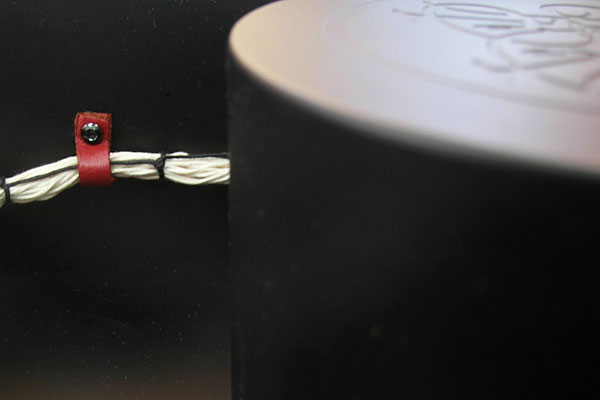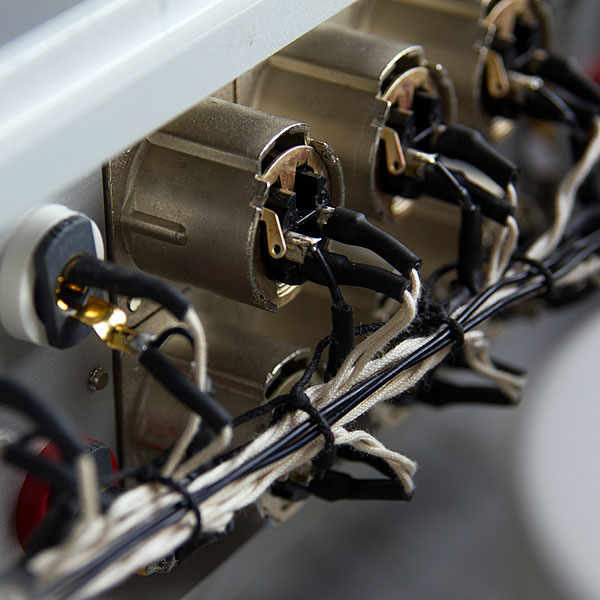| Columns Retired Columns & Blogs |
Built my 1st resistive passive in 1985 and have used, primarily, no-gain controls of various types since then. It's been transformer/autoformer/magnetic controllers for the last 15+ years.
Not nearly every system is a good candidate for a passive controller. It is best that the system is constructed bottom up and top down to make best use of and accommodate the passive controller. This is very important and cannot be overstated. Will not go into detail here, but each component choice plays its part.
Also, I must add: IMO there is no reason any passive controller should cost $12K+. I expect the performance of the item under review can be equaled by units readily available for 10% of its price - if one can forgo the jewelry aspect of one's purchase.








































